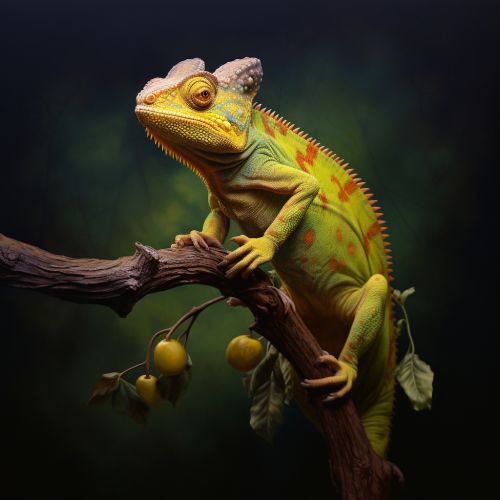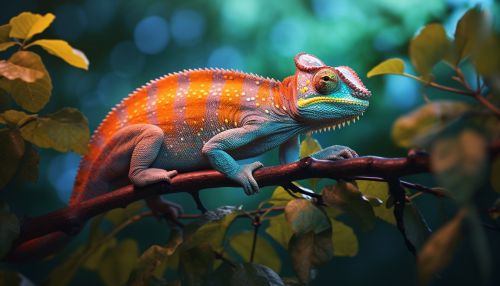Phenotypic plasticity
Definition and Overview
Phenotypic plasticity refers to the ability of an organism to change its phenotype in response to changes in the environment. This biological phenomenon allows organisms to modify their morphology, physiology, behavior, and other traits to adapt to varying environmental conditions without altering their genetic makeup. Phenotypic plasticity is a fundamental aspect of life, playing a critical role in the survival and evolution of species.
Mechanisms of Phenotypic Plasticity
Phenotypic plasticity is primarily driven by two mechanisms: developmental plasticity and acclimatory plasticity.
Developmental plasticity involves changes in an organism's phenotype during its growth and development. These changes are typically irreversible and can significantly influence an organism's adult phenotype. For instance, the nutrition a caterpillar receives can determine the size and color of the adult butterfly.
Acclimatory plasticity, on the other hand, involves reversible changes in an organism's phenotype in response to fluctuating environmental conditions. For example, a chameleon changing its color to blend with its surroundings is an instance of acclimatory plasticity.


Evolutionary Significance
Phenotypic plasticity plays a significant role in evolution. It provides a buffer against environmental change, allowing organisms to survive and reproduce under varying conditions. This increases the genetic diversity within a population, providing the raw material for natural selection to act upon.
Moreover, phenotypic plasticity can facilitate the colonization of new habitats by allowing organisms to adapt to unfamiliar conditions. This can lead to the formation of new species, a process known as speciation.
Phenotypic Plasticity in Plants
Plants exhibit a high degree of phenotypic plasticity, which enables them to adapt to a wide range of environmental conditions. For instance, plants can alter their leaf shape, root structure, and growth rate in response to changes in light availability, soil nutrients, and water supply.
Phenotypic plasticity in animals is also widespread, with examples ranging from changes in body size and coloration to alterations in behavior and life history traits. For instance, many bird species adjust their clutch size in response to changes in food availability, while some fish species alter their sex in response to changes in population dynamics.
Limitations and Costs
While phenotypic plasticity offers numerous benefits, it is not without its limitations and costs. The production of multiple phenotypes from a single genotype requires energy and resources, which could otherwise be used for growth and reproduction. Moreover, the ability to produce a range of phenotypes may limit an organism's capacity to specialize in a particular niche.
